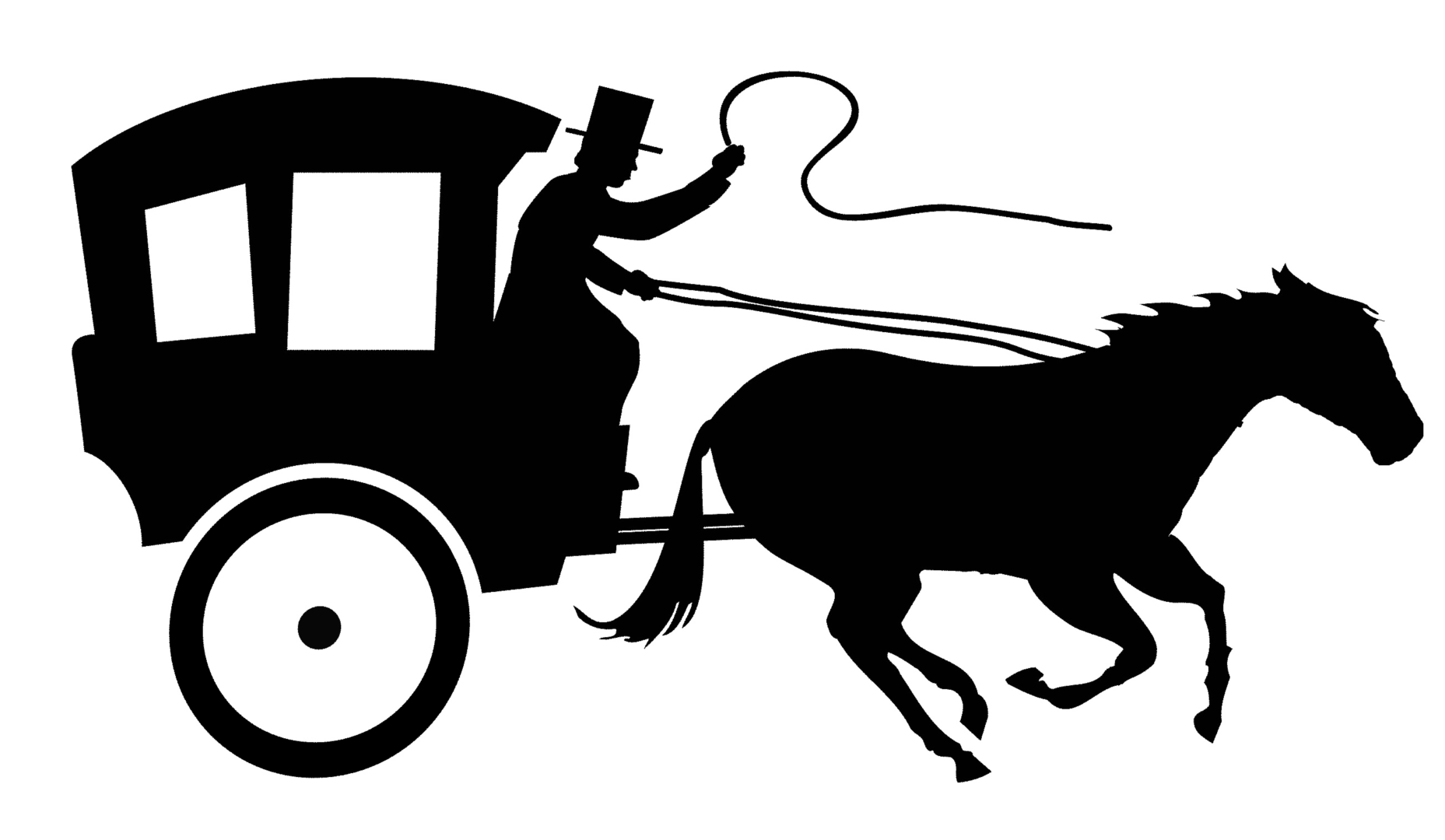Jacqueline Kolosov-Wenthe

by Kane
NorthShore Press
2009
$19.00
Joan Kane’s visionary first collection, The Cormorant Hunter’s Wife, renders the Alaskan landscape without imposing a human meaning on life in the wilderness; in the process, Kane succeeds, more successfully than many contemporary poets writing about the natural world today, in preserving that landscape’s distinctive and often keenly unsettling otherness. In the opening poem, “The Sunken Forests”:
I recite the ice that has thrown
The river over its banksAnd move through a terrain
Of annotations bright,
New and innumerable….I will not know how
To forget them
Though I do not know why.
The speaker ‘recites’ the ice and in so doing the spare and simultaneously musical language takes the form of the landscape of which it is a part: ‘bone-white,’ ‘inlaid with blue,’ ‘split at the consumed/root.’
If you tasted it, it would first taste bitter,
Then briny, then surely burn your tongue.
It is like what we imagine knowledge to be:
Dark, salt, clear, moving, utterly free,
Drawn from the cold hard mouth
Of the world, derived from the rocky breasts
Forever flowing and drawn, and since
Our knowledge is historical, flowing, and flown.
Kane is also a playwright, and the first of the collection’s two sections is entitled “Antistrophic.” For the ancient Greeks, this is the return movement of the chorus. It is a response. The poem that bears this name contains the only italicized line in the collection: ‘Trees I have learned not to name,’ a referent to the speaker’s ‘old habit of imperfect definition.’ Reading Joan Kane, I am ultimately reminded of the cold majesty of the closing lines of Elizabeth Bishop’s “At the Fishhouses”:
Kane’s ancestry is Inupiaq Eskimo and Irish, and hers is a deeply internalized knowledge of place; a knowledge that is ‘drawn from the cold hard mouth/of the world.’ Unlike Bishop’s speaker, however, there are elements of Kane’s poems that do—that must—exist outside of human history, in the process managing to diminish the significance of the human. It is no wonder, then, that Priscilla Becker described Kane’s as an “eye [which] sees itself as part of the landscape…” as opposed to an eye that tries to name and in the process interpret what it sees. (In other words, that eye is the antithesis of Adam’s.) Take the close of “Legend”:
Now unstrung, the unidentified
Fragment, ivory ferrule,
The small human figure
Carved of wood.
Kane’s landscape is not untouched by the human, however, as the oil sheen on the water in one poem or “Nelson’s Curio” evidences. Yet her landscape will survive beyond or in spite of the human. We are very small, and this is almost (but not quite) a comfort.
Jacqueline Kolosov-Wenthe is the author of the young adult novels, The Red Queen’s Daughter and the forthcoming Miranda, both from Hyperion. Her poetry collection, Vago, was published by Lewis-Clark Press. The poetry collections, Modigliani’s Muse, and Ordinary are forthcoming in 2008-2009. The co-editor of two anthologies of women’s prose, Jacqueline’s own prose and poetry have appeared in journals in the U.S. and abroad including Shenandoah, Orion, The Southern Review, Poetry, and PRISM International. She holds degrees in literature from the University of Chicago (B.A. & M.A.) and New York University (PhD) and is an Associate Professor of Creative Writing at Texas Tech University. A native of Chicago, she now makes her home with her husband, daughter, and a displaced welsh corgi in a wind-swept, often sunny corner of west Texas.

